A Mechanical Ventilation Heat Recovery (MVHR) unit is a cornerstone of a low energy home with healthy indoor air. There are a lot of MVHRs on the market, and one way to compare between another is to look at its Heat Exchanger Efficiency score.
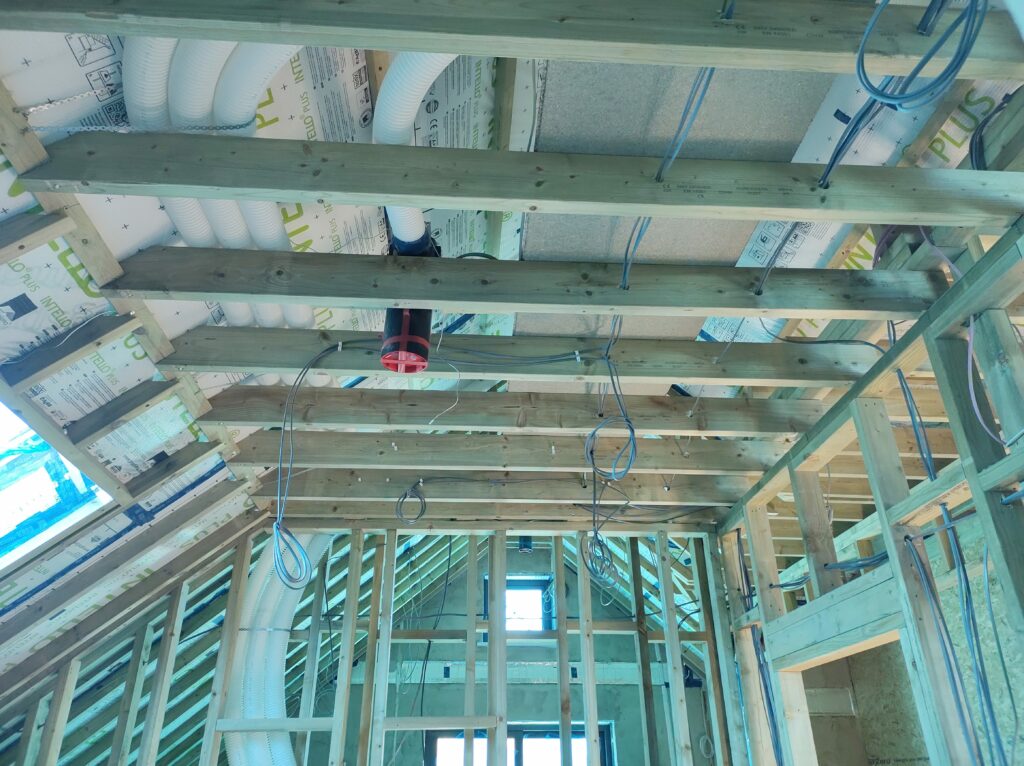
Today I’ll explain what to watch for when comparing a cheap MVHR with a higher value one.
This article will explain how poorly-built MVHR systems can achieve a false high heat exchanger efficiency rate (93%) when their actual rate is 10% to 40% lower, because of a quirk in the testing methodology. I will also explain why Passivhaus MVHR units, which use a different test and are audited independently, can be trusted, and are therefore much better value in the UK.
In short, I’ll explain why you should be very sceptical of any MVHR brand which claims to be near the “top of the SAP Appendix Q MVHR list”, but doesn’t have a single MVHR on the PHI database.
How to test MVHR heat recovery
This is how an MVHR works:
The Extract air is warm, humid air from the home’s bathrooms, kitchen and WCs, which passes through the heat exchanger and loses its heat, to be exhausted outside. The Intake is cold air from outside, which is filtered and run through the heat exchanger, recovering the Extract heat and supplying it to living and bedrooms as healthy, comfortable and energy efficient ventilation.
The air never mixes, only the heat is transferred.
An MVHR’s Heat Exchanger Efficiency is measured as a percentage using one of two methodologies:
- either by SAP Appendix Q in the UK, or;
- independent certification by an external body (eg, the Passivhaus Institute)
I’ll now explain why when comparing differently-priced MVHR units, it’s best to remove 15% from the stated efficiency of a non-PHI tested MVHR, compared to a PHI-tested MVHR, and why Passivhaus Institute (PHI) accreditation is so important. If you are looking for the cost of Passive House-accredited MVHR systems please read this article.
How SAP and PHI MVHR heat exchanger efficiency tests differ
In a SAP Heat Exchanger Efficiency test, the difference between the temperatures of the Supply (Orange Duct) and Extract (Red Duct) is measured against the Exhaust air temperature (Dark Blue Duct).
The problem is that the internal room temperature air (ie, the test room) becomes a conflicting factor if the MVHR isn’t built very airtight, so this test actually “rewards” poorly-built MVHR units, as shown in the diagram:
In the above, the Supply Air is artificially warmed by the test room by just 1 DegC (red text), and because SAP measures the Supply temperature for its efficiency, it incorrectly inflates the calculated efficiency.
Here is what a poorly-built MVHR system looks like in practice. The white stuff is plasterboard dust getting into the heat exchanger core. This is very bad, and would quickly result in poor indoor air quality, noise and health issues. Whoever bought this cheap MVHR unit may be ripping it out again in a year or two – and that will cost twice as much than buying a better MVHR in the first place:
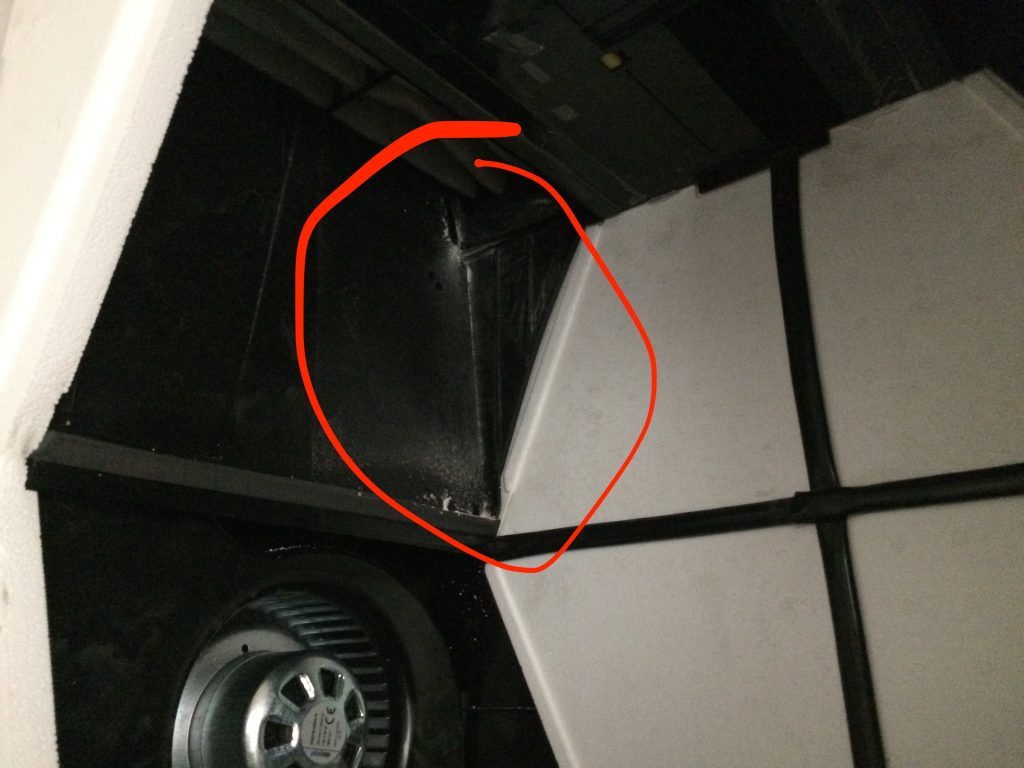

The quirk is that poorer MVHR units actually perform better in the SAP scenario, as they are often not built airtight or with good insulation, so they are influenced more by the room temperature – incorrectly generating a better Heat Exchanger Efficiency rating.
That’s how some MVHR units can brag about their “90% heat recovery”, and yet sell for less than £1,000. In reality, they are nowhere near.
The Passivhaus Institute tests independently
The PHI is an independent organisation, and it measures heat exchanger efficiency by comparing the Exhaust (Light Blue) and Intake (Dark Blue) air temperatures with the Extract (Dark Red) air temperature.
Or in basic terms: what’s the air temperature outside, what’s the air temperature inside, and how much temperature is left after the heat exchanger process?
If it’s 5 DegC outside, 20DegC in the home and 7 DegC after the heat exchanger, a good MVHR unit looks like this:
Its recovery rate would be 87% for both SAP and PHI tests, because it’s actually an airtight, well-built MVHR:
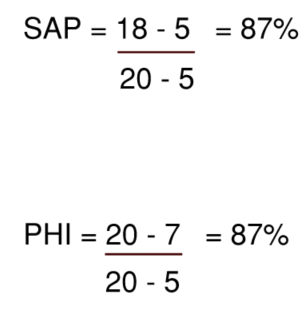

Now this happens:
If the ducting and MVHR unit were poorly built with air gaps, the ambient room temperature would raise the Exhaust air temperature from 7 DegC to perhaps 8 DegC. This would reduce the efficiency from 93% in the “self-audited” method to 80% in the PHI method.
Always look for the PHI label on an MVHR
Self-certification is not to be trusted, to the extent that the industry collectively knocks off 12% from any stated heat exchanger efficiency – and it could be more.
PHI tests are strictly audited, so the PHI label is a badge of trust for the MVHR sector. For now, we only ever specify PHI-accredited MVHR units for this reason – they cost more money but they offer better long-term value.
PHI also tests the specific fan power and noise of the MVHR units to ensure they are suitable for ultra-quiet, low energy Passivhaus homes.
The clear benefit to the more expensive MVHR units is that they are PHI-accredited, and so they will achieve the heat exchanger efficiency they state. That means they will make your home more comfortable with better indoor air quality and a higher energy saving than the cheaper MVHR brands.
PHI-approved MVHR units are worth the money, because they last much longer than the cheap brands.
If you’d like to discuss more about a specific MVHR for your project, please contact us here.
If you’d like to receive a free MVHR sizing and specification design proposal for your build project, please complete our 60-second form here and we’ll send you an itemised pricing proposal for MVHR detailed design services, supply of all components and commissioning/balancing.
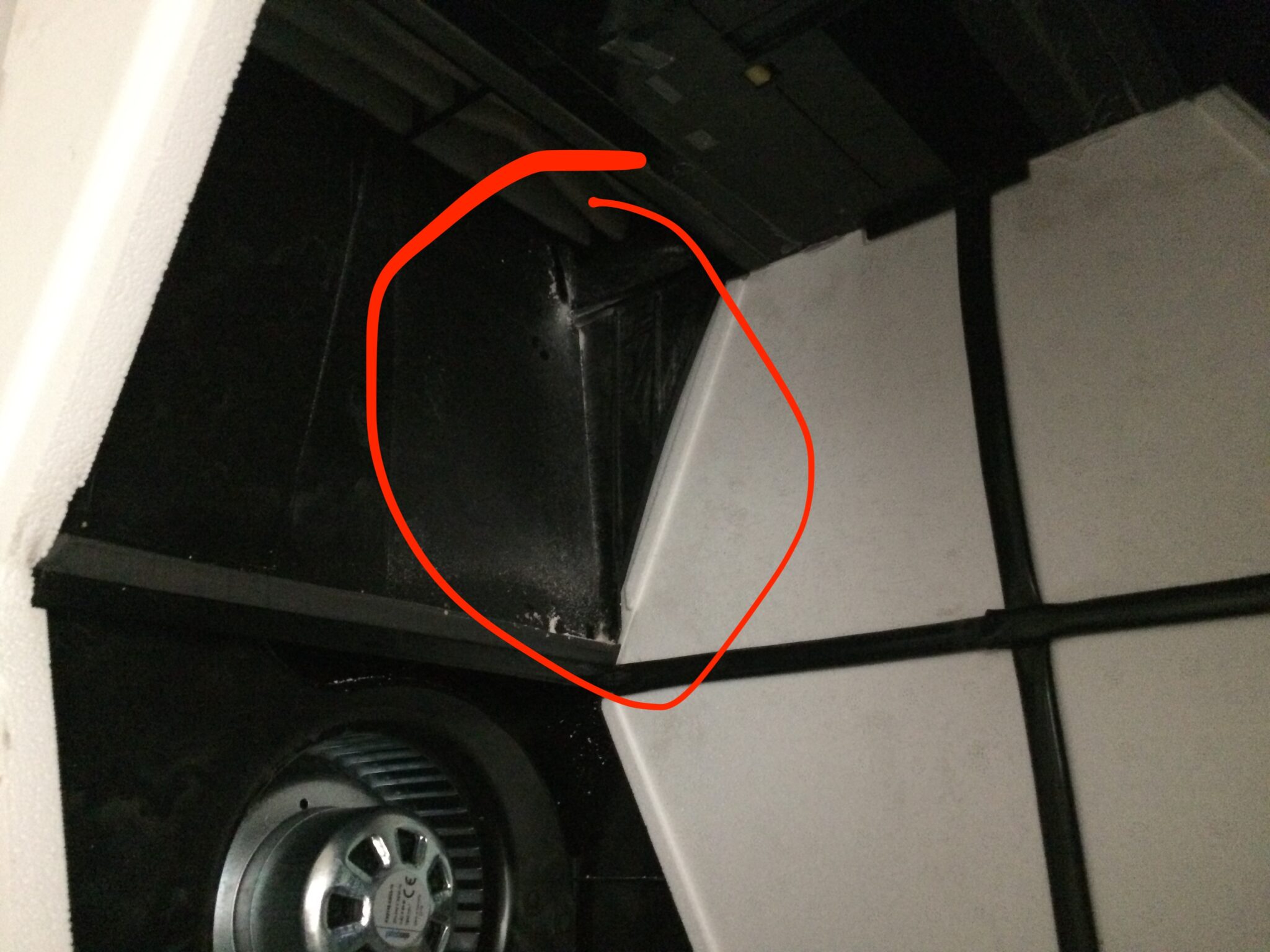
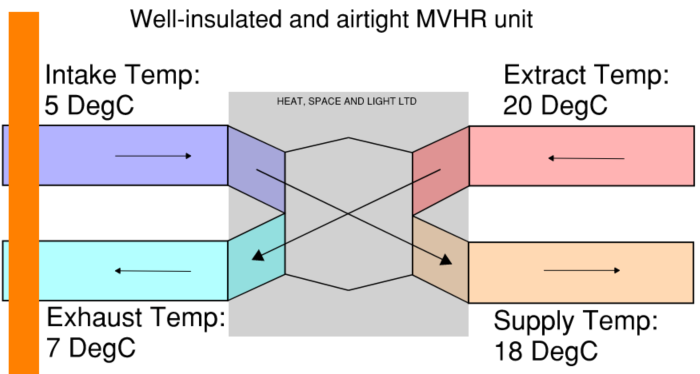

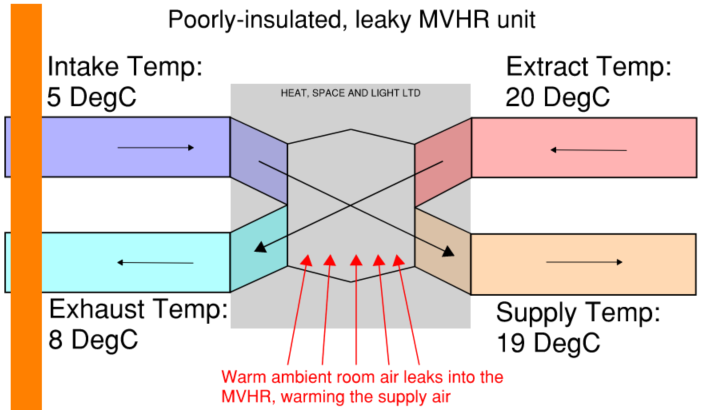

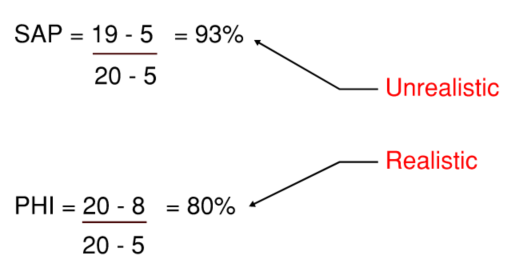
1 thought on “Cheap MVHR or expensive MVHR? The science behind Heat Exchanger Efficiency”